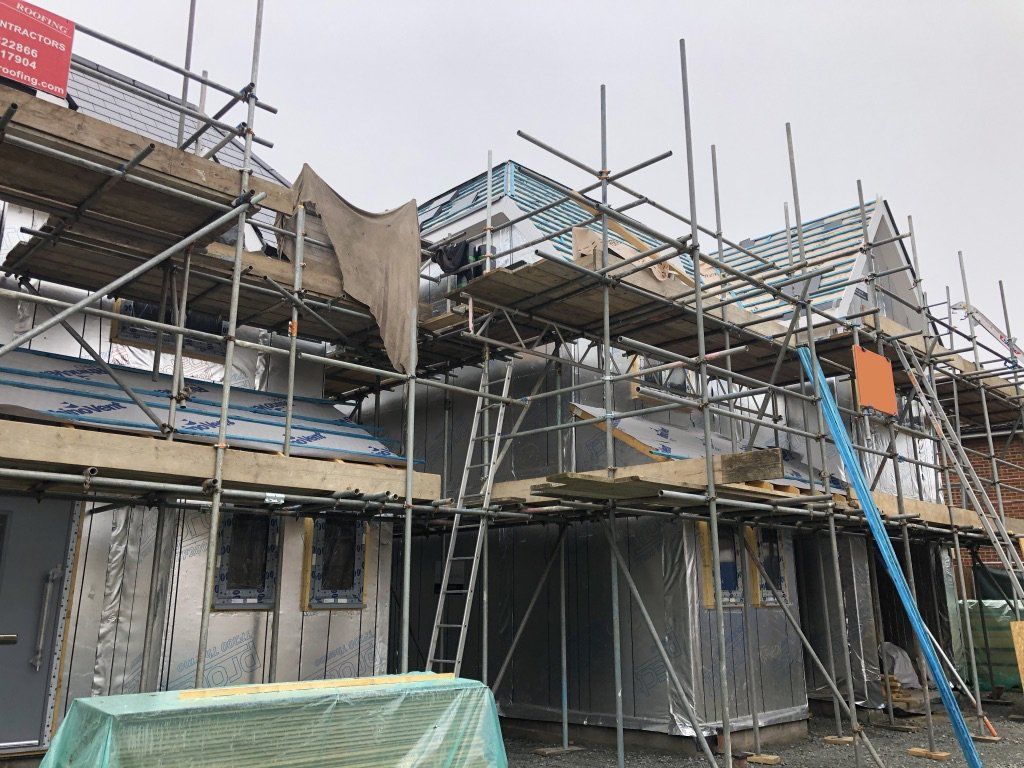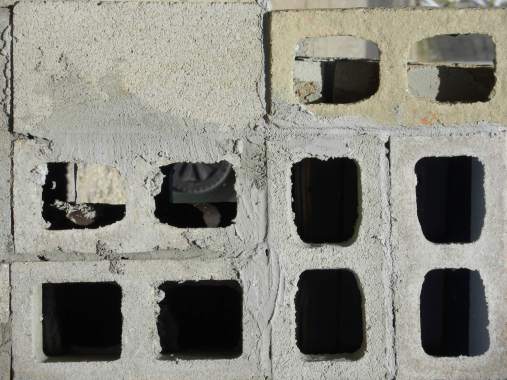Types of Scaffolding and Their Uses

This post was originally published on this site

Any building project that is over one level is going to require scaffolding of some sort. It’s not as simple as balancing some boards on blocks to reach a designated point; you need properly designed scaffolding for your project.
Once you begin to investigate the many types of scaffolding on the market, you’ll likely find it confusing. There are so many different types, so how do you choose the right one for your project? It’s important to select the right option and while this will usually be up to the project manager, you still need to be aware of the various types and their uses.
The Three Main Categories of Scaffolding
Before you get into the many types of supports, you’ll need to understand the three main types of scaffolding. These are supported, suspended, and mast supported platforms.
Supported scaffolding consists of at least one platform that is supported by a support system that rests on the ground. It may use posts or poles, frames or beams, but everything is built from the ground up.
Suspended scaffolding uses ropes or similar lines to hold the platform in place from above. These are lowered over the edge of the roof and can be helpful when regular supported scaffolds are no longer practical.
Finally, mast scaffolds are platforms that move up and down a central tower. These have the advantage of being electric, so they carry heavy loads and reach further up. They’re ideal for higher buildings where a suspended platform may not be the best choice.
Now that you understand a bit more about these basic categories of supports, it’s time to look closer at the types of scaffoldings that are included within them.
Why You Need a Scaffold Engineer
Scaffolding can be complicated, particularly if your location is challenging or uneven. Not only will an engineer design the right scaffolding for the job, but they’ll also ensure that all challenges are accounted for. They make the scaffold as safe as possible for all projects.
Building can be a dangerous job and it’s essential that every step of the way the builders are as safe as possible. This means using harnesses, doing regular inspections of the scaffolds and platforms, as well as using properly designed scaffolding for the job at hand.
Protecting the safety and security of your crew is the most important part of the job. A scaffolding designer will consider the weight limits and the design, based on height, who will be using it and whether or not additional items will need to be hauled up with your builders. A poorly designed scaffold could crumple and cause severe damages to both buildings and people.
Supported Scaffolding Types
There are plenty of different options when it comes to supported scaffolding, but each one has a different purpose.
Access Scaffolds: Ideal for fast setup and dismantling, access scaffolds can handle heavy loads and provides access at multiple levels. This type of scaffold may use many different methods of construction and should be relatively rapid to use.
Frame Scaffolds: This is one of the most popular types of scaffolding and tends to use steel or aluminium tubes to create a framework that is quite sturdy and supports platforms.
Systems Scaffold: If you’re looking for a structure that is modular and easy to set up, then the systems scaffold is for you. It can be quickly assembled with upright pieces and horizontal pieces, plus braces to ensure safety.
Tube & Clamp Scaffolds:
Another rapid method of assembling a scaffold is using a series of steel tubes with clamps. These are set up and locked together, then platforms are added to allow workers a place to stand.
Rolling Towers Scaffolds: If you tend to move a lot and aren’t that far off the ground, then a rolling tower scaffold might be what you need. It’s often used for painters as it has wheels and allows you to get up and then simply scoot to the next section.
Stairway Scaffolds: Just like the name suggests, these scaffolds use basic supports, but feature staircases running up to each level. These are easier on the body than ladders that require climbing, but they do take up more space and are generally used for lower building projects.
Baker Scaffold: Need to work on something on the ceiling of a building? Then you’ll be using a baker scaffold. These are stand-alone mobile scaffolds that allow you to work and then move over slightly. They’re best for working above you and in cases where you might need a ladder but would have to move it constantly.
Mason Scaffold: Designed for bricklayers or masons, this scaffold tends to be fairly simple and offers a basic platform for stonework. It is best used in low situations.
Suspended Scaffolding Types
Most people are familiar with supported scaffolding types, but what about the suspended ones? First, it’s good to know that there are different points for suspended scaffolds. For example, a single point scaffold hangs from one point or support. Two-point scaffolds work in a similar way but with two suspension points. Finally, the multi-point suspended scaffold gives you even more security with more than two points of suspension.
Bosun’s Chair Float: Generally used as a one point suspended scaffold, this is essentially a seated platform where the worker sits inside the triangle formed by the seat and is strapped in properly with a harness. This allows for plenty of movement, but it’s difficult to carry anything with you. It’s best for small jobs and inspections.
Swing Stages: Most people are familiar with this type of scaffold, which resembles a long bench with sides and is suspended from multiple points. It’s frequently used by window washers but is also useful in building. You can carry some items on the platform and it can usually hold two people.
Interior Hung Scaffold: This platform is suspended from a set of supports that are set up on the roof. It may be used to haul building materials back and forth and can be used to carry quite a few items, as well as a worker.
Mast Scaffolds
This type of scaffolding tends to be more expensive, but can be well worth it if you are looking for a faster way to do things.
Hoists: A hoist scaffold is essentially a platform that is suspended from scaffold tubing and can be lifted up and down, using a pulley system. It is ideal for moving materials up to higher stories, though it can also lift construction workers.
Lifts: Lift scaffolding is designed to move up and down at the convenience of the workers. It can carry some building supplies, but is most useful for its ability to be adjusted to specific levels for working. Many of these lifts are designed with scissor legs to create smooth movement. There are other options, but the scissor lift is the most popular. The platform can fit up to three people, depending on its size.
Elevators: Actual elevators may be installed on-site to move people and a few supplies up and down. They work similarly to regular elevators but are usually a little more rustic and may have open sides. These are usually used to move up and down the sides of tall buildings and work in place of the actual lifts which will be installed further on in the building.
Mast Climbers: Automated platforms slide up and down a central mast in this scaffold. They can move people or building materials and are great for heavier loads that would normally be used on other types of platforms. This type of scaffold is best for workers who are laying bricks or blocks, since they can adjust the height of the platform to be at the perfect working height.
As you can see, there are many different ways to reach new heights with your buildings. Once a building has reached chest height for most builders, it’s time to get a scaffold in place and it’s essential you choose the right one. Using a scaffold designer will make it easier to ensure your workers’ safety and prevent accidents or falls.
Are you looking for a bespoke scaffolding design? At Imperial Engineering, we offer scaffolding design as part of our dedication to making construction safer.
Contact us today for more information.





Responses